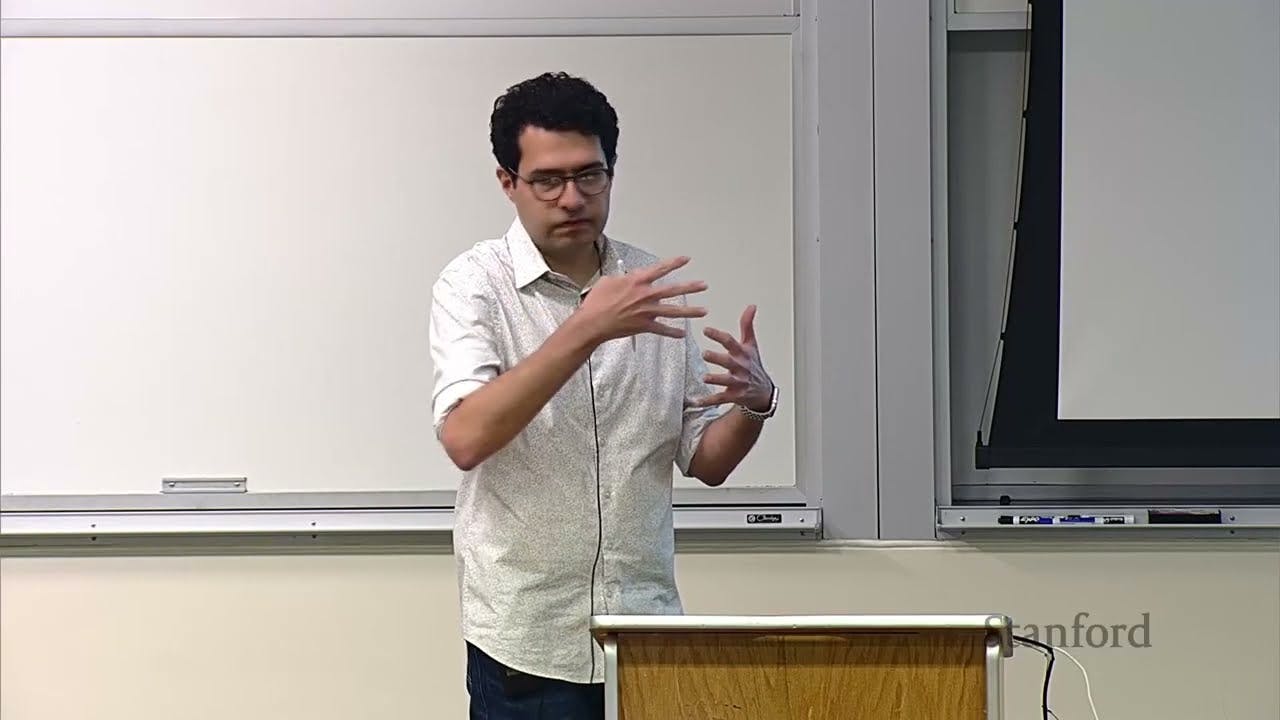Stanford EE259 I Inertial sensors: gyroscope principle of operation and architecture I 2023 I Lec. 6

The video provides a review of lecture five, focusing on inertial sensors, specifically accelerometers and gyroscopes. The video explains how mechanical accelerometers work, which involve a damped spring-mass system in an enclosure. The displacement of the proof mass inside the enclosure is directly proportional to the applied acceleration, as long as the frequency content of the input is within the bandwidth of the device. Capacitive sensing is commonly used to measure the displacement accurately in the accelerometer. The video also delves into the fabrication process of MEMS devices, which combine micro-machining techniques with silicon fabrication techniques. It explains the damping mechanism in MEMS accelerometers, which involves using an inert gas in the chamber to control viscosity and dampening factor. The video then moves on to discussing gyroscopes, starting with a mathematical framework for studying rotational motion. It explains how to find the time derivative of a point in a fixed reference frame and a rotating reference frame. The video shows how to calculate forces observed in both frames, including the Coriolis force, centrifugal force, and Euler force. Lastly, the video touches on the concept of mechanical gyroscopes, specifically vibratory mechanical gyroscopes that measure the Coriolis acceleration.